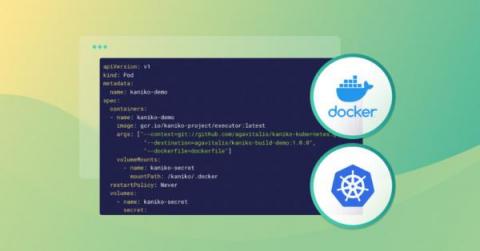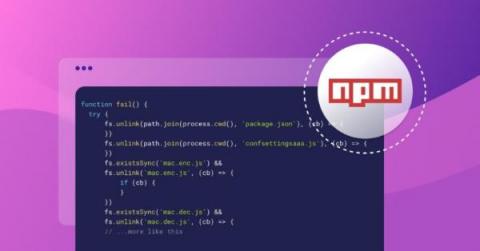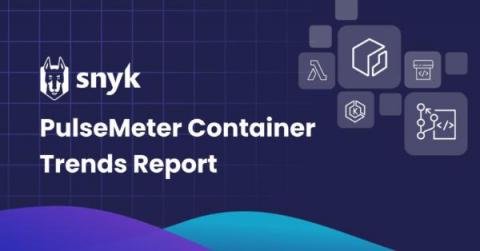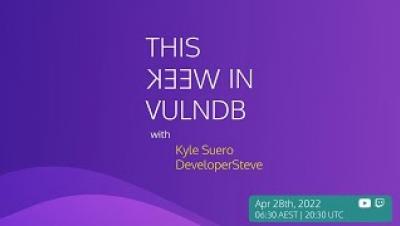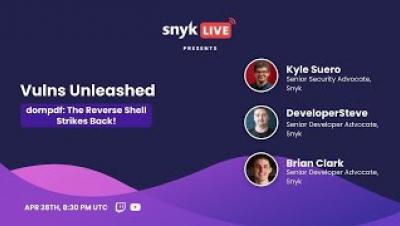Building Docker images in Kubernetes
Hosting a CI/CD platform on Kubernetes is becoming more common among engineers. This approach saves time through automation, ensures consistent deployments, and makes it easier to monitor and manage microservices. However, building container images in Kubernetes clusters involves some technical hurdles that require workarounds. In this article, we’ll explore some ways to build Docker images in a Kubernetes cluster for CI/CD processes.


